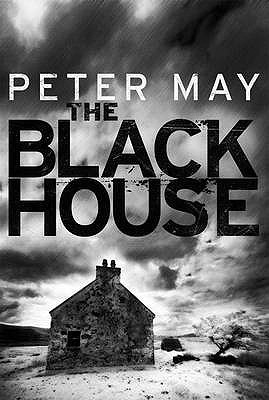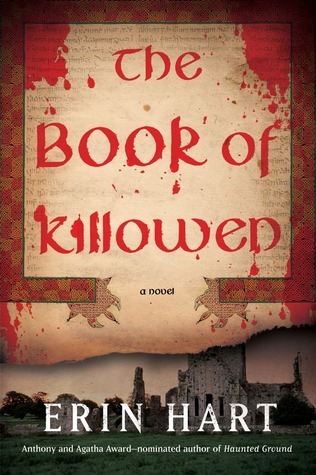I’ve spent a great deal of time in the past two weeks in bookstores across the U.K. In an Edinburgh bookstore, I picked up Peter May’s “The Blackhouse,” the first in a trilogy set on the Isle of Lewis, “a brooding landscape” on the Outer Hebrides of Scotland. As I flipped through its pages, an elderly man standing near me said, “That’s better than butter.” I bought it immediately.
Edinburgh detective Fin Macleod is engulfed in grief over the death of his son, but for his superior enough is enough so he forces Fin to Lewis, Fin’s homeland, to investigate a murder on the island with brutal similarities to an unsolved killing in Scotland’s capital.
May cuts between two distinct narratives in this stylish noir: the murder investigation told in the third person and Fin’s first-person account of growing up on Lewis. Initially, Fin finds everything about his homecoming “almost unbearably depressing,” including the “stoic sheep standing firm against the Atlantic gales.” Much like the erosion of the island’s “fertile sandy soil” (known as machair), the foundation Fin has “shored against his ruins” crumbles at his feet as he pursues the investigation.
Despite my own Scottish upbringing, the Isle of Lewis with its peat bogs and its thatched “blackhouses” is a foreign land, a place “still in the grips of a joyless religion,” tied to ancient traditions (like the “guga harvest” or gannet hunt), a place tethered to the sea in ancient and archaic ways.
May’s descriptions of the harsh beauty of Lewis seduced me and I was thoroughly smitten with Fin.
Ireland may be miles south of Lewis, but May’s use of setting to shape character makes his book and Erin Hart’s fascinating “The Book of Killowen” close neighbors.
A year has passed since American pathologist Nora Gavin “brought her sister’s killer to justice,” and 12 months since she began sharing Irish archaeologist Cormac Maguire’s bed, and together, they’ve been adjusting their domestic life to Cormac’s father Joseph’s aphasia (result of a stroke). Nora and Cormac are asked to join “the recovery team” for an ancient bog man discovered with the body of a Dublin TV host submerged in a Tipperary swamp. Nora and Cormac lodge with a community of artists at Killowen farm, each one becoming a suspect in the TV personality’s murder.
The deeper Nora and Cormac dig into the peat, the more they find themselves “unraveling connections between the living and the dead” (you wouldn’t be remiss in hearing James Joyce in that phrase). The nature of language and love, its “garbled code,” its vocal tics and its illumination in books and art winds through Hart’s plot in intriguing and surprising ways.
Carole E. Barrowman is a professor of English at Alverno College and co-author of the novel “Hollow Earth.”
Send questions/comments to the editors.




Comments are no longer available on this story